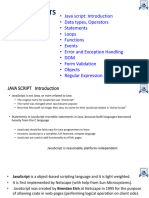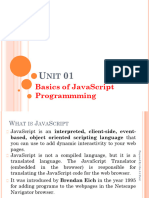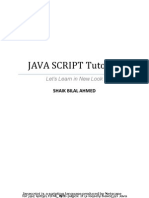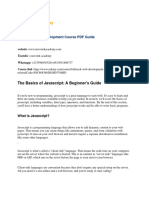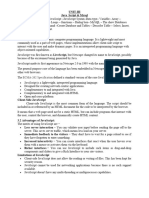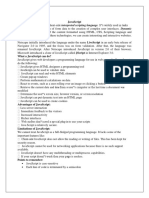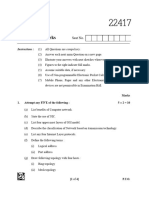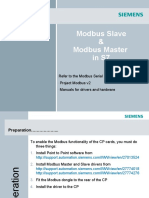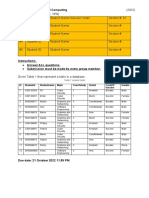0% found this document useful (0 votes)
74 views19 pagesMsbte Campus Css Unit 1
Css notes 22519 chapter 1
Uploaded by
Shlok ChaudhariCopyright
© © All Rights Reserved
We take content rights seriously. If you suspect this is your content, claim it here.
Available Formats
Download as PDF, TXT or read online on Scribd
0% found this document useful (0 votes)
74 views19 pagesMsbte Campus Css Unit 1
Css notes 22519 chapter 1
Uploaded by
Shlok ChaudhariCopyright
© © All Rights Reserved
We take content rights seriously. If you suspect this is your content, claim it here.
Available Formats
Download as PDF, TXT or read online on Scribd
/ 19











